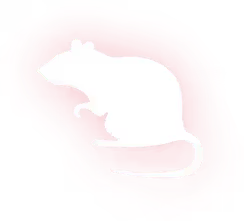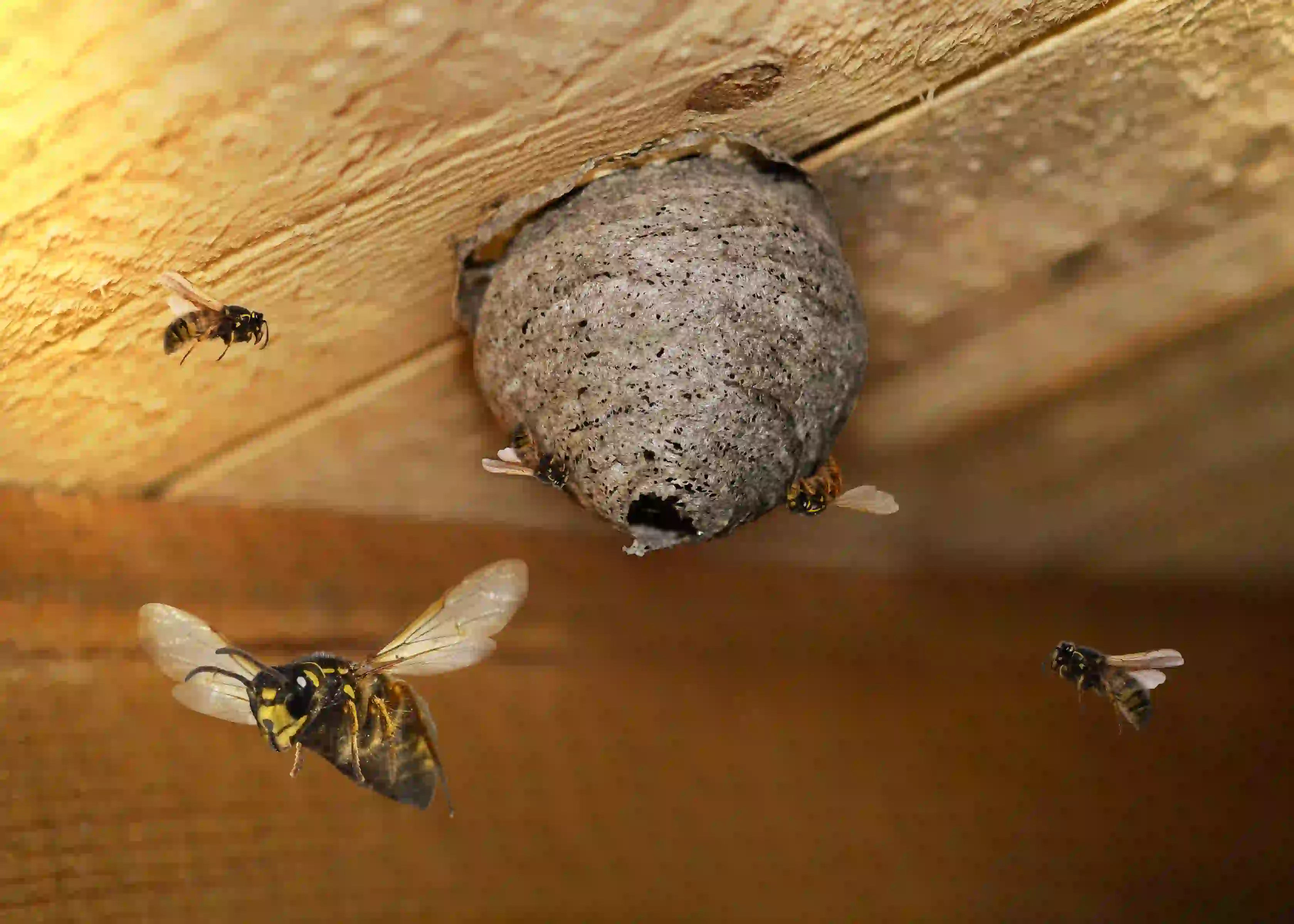

Wasp Nest Removal in Herty, TX
Safe wasp nest removal in Herty, TX. Spot On Pest Control, LLC ensures protection from painful stings. Call today for fast professional removal!

Wasp Nest Removal in Herty, TX
Wasp and hornet nests pose both an immediate safety risk and an ongoing nuisance for Herty, TX homeowners. With East Texas heat, high humidity, and leafy yard conditions, wasp activity increases from spring through fall. Professional wasp nest removal in Herty, TX by Spot On Pest Control, LLC. focuses on accurate nest location and species assessment, safe removal or treatment, emergency response for aggressive colonies, and prevention tactics so your home stays protected season after season.
Why prompt wasp nest removal matters in Herty, TX
- Wasps and hornets can be aggressive when their nest is disturbed. In neighborhoods with children, outdoor living spaces, or pets, even a single active nest raises the risk of stings and allergic reactions.
- East Texas summers accelerate nest growth. A small nest in spring can become a large, populous colony by late summer, increasing the danger and complexity of removal.
- Many nests are hidden in attics, wall voids, or under eaves where they can cause secondary problems like structural damage, insulation contamination, or entry points for other pests.
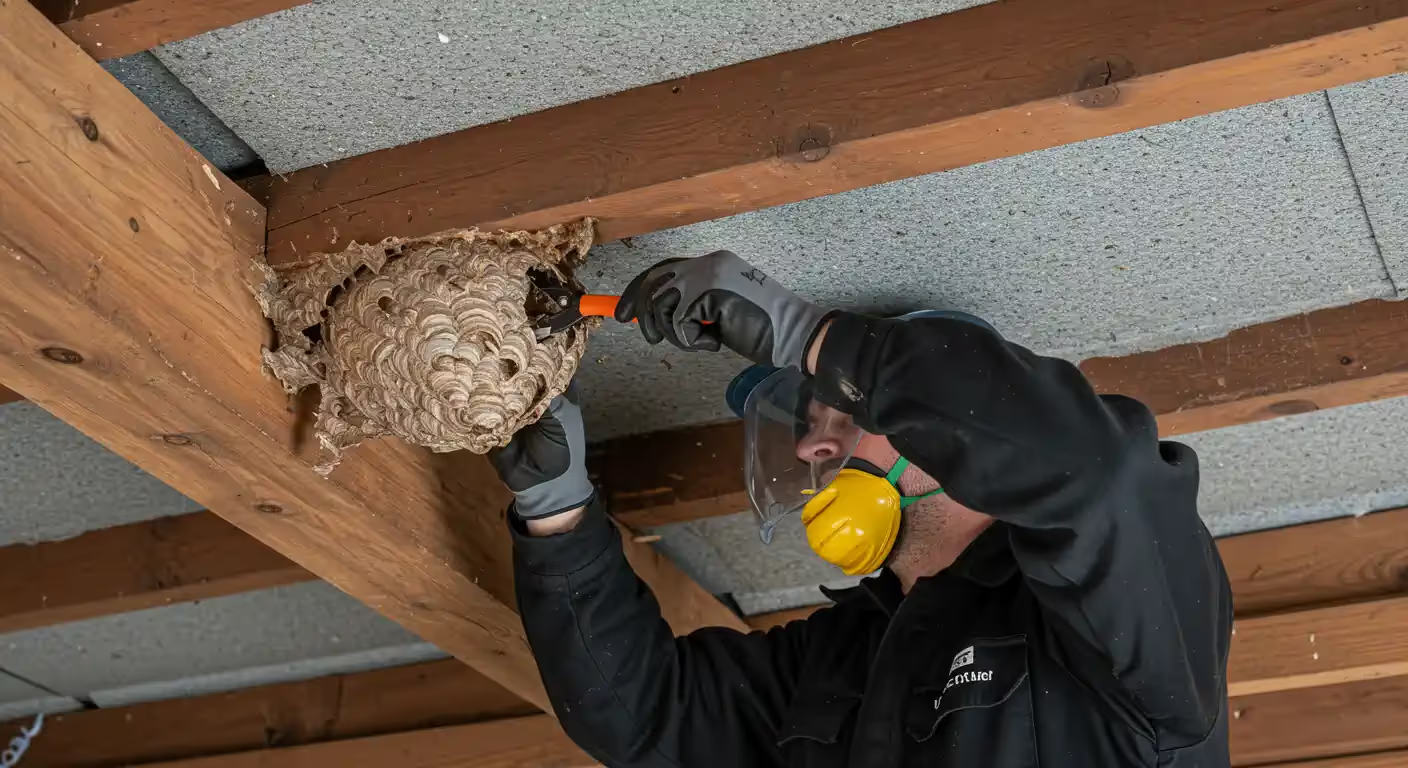
Common wasp and hornet issues in Herty homes
- Aerial paper wasp nests under eaves, porch ceilings, or on low rooflines.
- Bald-faced hornet nests in trees or shrubs near outdoor living areas.
- Yellow jacket ground nests in lawns, under patios, or beneath decking — often unnoticed until disturbed.
- Cavity nests inside wall voids, attics, crawlspaces, or barn structures.
- High-activity or multiple nests close to doors, windows, play areas, or utility meters.
How technicians locate and assess nests
- Initial exterior inspection: A visual sweep of rooflines, soffits, gutters, landscaping, and yard features to spot returning wasp flight lines.
- Behavioral tracing: Observing wasp flight paths at a safe distance to pinpoint the nest entrance, especially effective for yellow jackets and ground nests.
- Interior checks: Inspecting attics, wall cavities, and soffits when exterior signs point to hidden nests. Technicians use ladders, binoculars, and flashlight inspections; thermal imaging is used selectively for very concealed colonies.
- Species identification and activity assessment: Determining whether the insects are paper wasps, hornets, yellow jackets, or solitary wasps affects treatment choice. Technicians also estimate colony size and defend level to plan the safest removal method.
Safe removal and extermination procedures
- Timing and protective measures: Most treatments are scheduled during evening or night when wasps are less active and are in the nest. Technicians wear full protective gear and set perimeter safety zones to minimize risk.
- Aerial nest treatments: Large paper wasp or hornet nests are commonly treated with foaming insecticidal agents applied to the nest entrance to immobilize and kill occupants, followed by careful removal of the nest structure when safe.
- Ground nest treatments: Ground-dwelling yellow jackets are often treated with dust insecticide directly applied to the active entrance or with baiting strategies that target foraging workers. Excavation is avoided unless necessary to reduce the chance of scattering the colony.
- Cavity nest treatments: For nests inside attics or wall voids, technicians may apply targeted dust or aerosol treatments and then remove contaminated insulation or nest material if needed. Repairs to entry points are recommended after treatment.
- Vacuuming and physical removal: In select cases, especially when preserving property aesthetics is important, technicians may use commercial-grade vacuums designed for insect removal followed by sealing of cavities.
Emergency response for aggressive or large nests
If a nest is highly active, visible from living areas, or causing immediate stinging incidents, Spot On Pest Control, LLC. prioritizes emergency containment and removal. Measures include:
- Temporary area isolation.
- Immediate treatment to reduce activity.
- Coordinated removal with strict safety protocols to protect residents and pets.
- High-priority response for households with allergy risks due to the danger of multiple stings.
Safety precautions residents should follow
- Keep distance: Do not attempt to disturb or smoke out a nest. Swatting or DIY sprays can provoke mass attacks.
- Shelter inside and secure pets when a nest is being treated. Close windows and doors to prevent wasps from entering the house.
- Avoid light and noise near an active nest at night; minimizing movement reduces the chance of provoking night-active species.
- Inform household members with allergies and have medical plans in place. Seek immediate medical care for any signs of anaphylaxis after a sting.
- Do not attempt removal without proper equipment and training; exposure to large colonies can result in multiple stings and dangerous situations.
Post-removal follow-up and prevention tips for Herty yards
- Seal entry points: Close gaps in siding, soffits, fascia, and around utility penetrations to prevent reestablishment in wall voids and attics.
- Trim vegetation: Keep branches and shrubs away from eaves and rooflines; paper wasps and hornets prefer sheltered attachment points near foliage.
- Eliminate food attractants: Secure trash cans, compost bins, and pet food. Yellow jackets are strongly attracted to sweet foods and proteins.
- Repair structural issues: Fix damaged fascia, loose soffits, and broken screens that provide sheltered nesting sites.
- Use physical deterrents: Install tight-fitting screens and cover vents. Decoy nests can sometimes deter paper wasps, which avoid building near existing colonies.
- Regular inspections: Schedule periodic checks in spring and early summer to catch small nests before they grow. Early detection is especially important in Herty’s warm climate where nests expand quickly.
What to expect after professional removal
After treatment, expect a rapid decline in wasp activity. Spot On Pest Control, LLC. technicians may recommend short-term monitoring, minor repairs, and long-term prevention to keep your property safe. Seasonal inspections are highly effective in preventing re-infestations in Herty’s warm climate.
Wasp nest removal in Herty, TX requires a combination of accurate assessment, species-specific treatment, and thoughtful prevention tailored to East Texas conditions. Properly handled, removal restores safety and peace of mind for homes with outdoor living spaces, children, or allergy concerns.
Don’t let wasps take over your yard or threaten your family’s safety. For professional, safe, and reliable wasp nest removal in Herty, TX, contact Spot On Pest Control, LLC. today.
Our Services
Our pest control services cover ants, termites, bed bugs, rodents, mosquitoes, and other common pests, with customized solutions for both residential and commercial properties.
.png)


